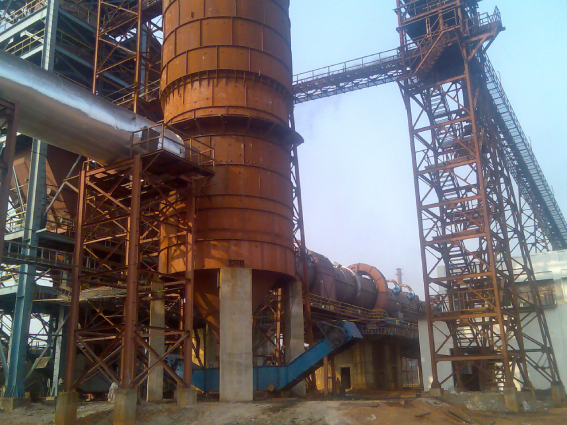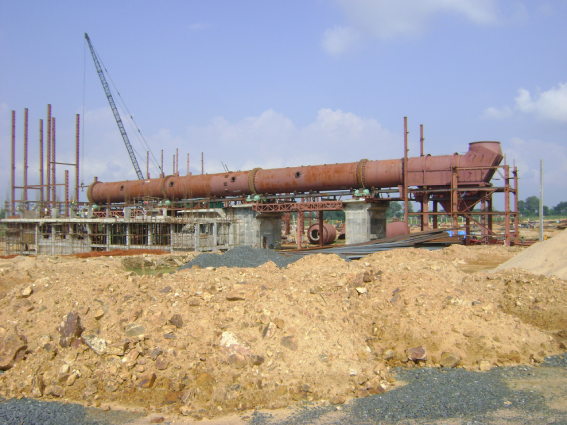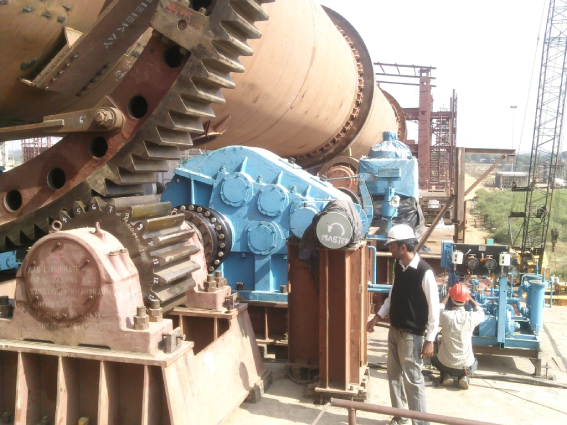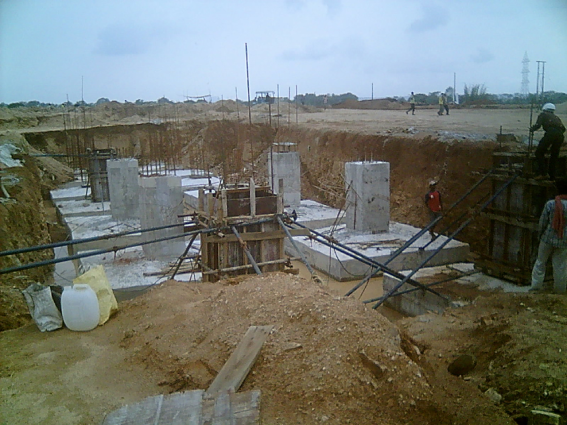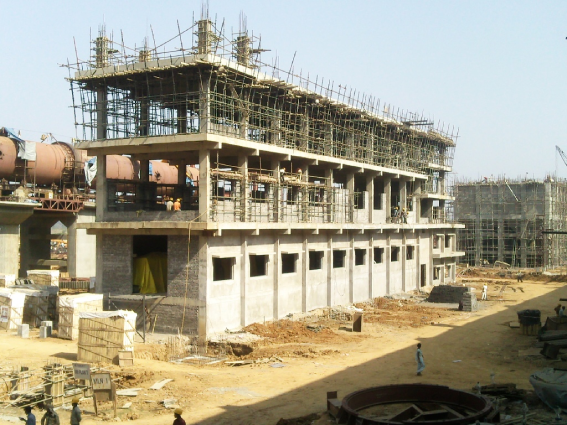SPONGE IRON PLANT
Introduction
DRI (Direct Reduced Iron) is a type of Iron formed by reduction of Iron Oxides to it’s metallic form in process below the melting point of both Iron & its oxides. As it is a solid-state process, the shape of Oxide remains same at its metallic form. As the oxide is directly reduced, a lot of microscopic pores are formed in the reduced metal. When it is seen by a microscope, it looks like a sponge. So, the DRI is also called as sponge Iron.
Requirement of Sponge Iron
Presently the demand of steel is much greater than the production. The installation of Electric arc furnaces are increasing gradually. But the Arc Furnaces installed are producing much lesser than their installed capacity. The reason is the scarcity & high prices of Scrap in the global market. So sponge Iron is a replacement of scrap which can be produced at considerably low price with high production rate & less consumption. With the use of sponge Iron in Arc furnaces, a steel of balanced carbon & negligible presence of undesirable elements can be produced. As a result it helps the steel makers to produce any type of special steel.
History of Sponge Iron
The earlier methods for Sponge iron making before 1800 A.D., could not compete with blast furnace technology in terms of efficiency and economy. As a result, various processes have been developed, tested and adopted throughout the world.
Iron metal and its oxides have melting points close to each other and all are about 1500°C or above. However, there is a tendency for formation of ‘clusters/ ‘agglomerates’ and ‘accretion’ or ring formation’ during actual manufacture of sponge iron in the temperature range of 900 to 1100°C. Ring formation is a phenomenon occurring exclusively in a rotary kiln, while clusters and agglomerates are common to both rotary kiln and shaft processes. In the present context we cannot conceive of a reactor to manufacture sponge iron, which operates above 1100°C, even though there have been prolonged attempts to produce sponge iron and semi- fused iron at higher temperatures. The Krupp Renn process of production of iron “luppen” in Germany between First and Second World Wars is an example of one such attempt which had met with partial success. Heavy deposit formation could not be prevented and the process had to be abandoned on this account when rotary kiln processes could not come up to the expectation to meet the iron needs of the industry, attempts were made to reduce iron oxide in shafts using gases generated externally. In the Wieberg Soderfors process, attempt was made to generate reducing gas through the gasification of coke using external energy. But the first truly viable shaft process of sponge iron making was developed by M/s Hojalata yn Lamina (meaning Sheets and Plates) which reduced iron ore pellets in stationary bed using externally reformed natural gas (HyL process). Later on they converted the set of stationary beds to a moving bed reactor, but Midland Ross Company did tine same earlier and got a head start in sponge iron making market and gained a lead, which they are maintaining even today (Midrex process). But rotary kiln was the only choice in the regions, where natural gas availability was restricted. Consequently, sponge iron making in rotary kiln flourished first in South Africa, and now India produces over 70% of coal-based sponge iron in the world.

